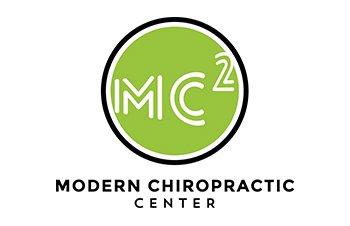Chiropractic Care for 3 Causes of Dystocia When Pregnant
What is dystocia? According to William’s Obstetrics (the primary book used in medical school to learn about the stages of normal and abnormal labor and delivery), it means difficult labor and is characterized by abnormally slow labor progress.1 Dystocia arises from three distinct abnormality categories:
- Uterine contractions may be insufficiently strong or inappropriately coordinated to efface and dilate the cervix – uterine dysfunction. Voluntary maternal muscle effort during second-stage labor may be inadequate.
- Fetal abnormalities of presentation, position or anatomy may slow progress.
- Structural changes can contract the maternal bony pelvis. Or soft tissue abnormalities of the reproductive tract may form an obstacle to fetal descent.
 More simply, these alterations can be mechanistically simplified into three categories that include abnormalities of the Power – uterine contractility and maternal expulsive effort, Passenger – the fetus, and Passage – the pelvis and lower reproductive tract.
More simply, these alterations can be mechanistically simplified into three categories that include abnormalities of the Power – uterine contractility and maternal expulsive effort, Passenger – the fetus, and Passage – the pelvis and lower reproductive tract.
How does this all tie with chiropractic care for pregnant mothers and mom-to-be’s?
- Abnormalities of the expulsive forces: William’s Obstetrics talks about how the uterus may have forces placed upon it which may cause abnormalities that may cause reasons for dystocia. This is referred to as “Power”. Power relates to whether the uterine forces are either not strong, causing uterine dysfunction, or that there is not enough voluntary muscle effort during the second stage of labor. The uterus’ function is dependent on nerve innervations which can affect the function of the muscles of the uterus. If there are any abnormalities, the contractions of labor can either become dysfunctional, hypertonic, or hypotonic which can cause discomfort to the mother and baby. As chiropractors, we address the nervous system through the spine, which is the main control center for the body. With chiropractic adjustments, we address the nerve supply by reducing interference to the nervous system which may enhance muscle function within the uterus.
- Abnormalities of the maternal bony pelvis: If the pelvis is not in alignment, then the diameter of the sacrum may not be in alignment and this may cause dystocia. This is known as “Passage”. However, when speaking with a birth care provider, we must emphasize that no matter what type of pelvis a woman has, they may still be able to give birth naturally if the pelvis and sacrum are both in alignment. If they are not in alignment, this may cause stress and trauma to both the mother and baby due to the painful contractions. With chiropractic adjustments, we address both the alignment of the pelvis and sacrum so that there is optimal and maximal space for the baby. The adjustment balances the pelvis, therefore potentially allowing the ligaments and muscles to relax creating a better space for mom and baby.
- Abnormalities of presentation, position, or development of the fetus: Pelvic imbalance may create ligament and muscle tension which may lead to aberrant tension in the uterus which may not allow the baby to be in the best position during birth. This is known as “Passenger”. Any pelvic misalignment which results in tension in the uterine ligaments may affect the baby’s positioning. These ligaments give certain muscle fibers the ability to contract, prevent the uterus from moving posterior which allows the baby’s head off of the cervix until the baby is born, and hold the cervix in its normal relationship to the sacrum. However, if there is any pelvic imbalance, the ligaments may cause tension to the mother which may cause both mother and baby emotional and physical stress. This may lead to the baby being in a mal-presentation for birth because the baby is moving around squeezing in between spaces to figure out what is the most optimal position during pregnancy. This may prevent the baby from comfortably assuming the best possible position for birth. With chiropractic adjustments, we address the pelvic alignment so that there may be no tension, tightening, or torsion of the pelvic muscles and ligaments. Therefore, the baby may assume the best possible position for birth.






